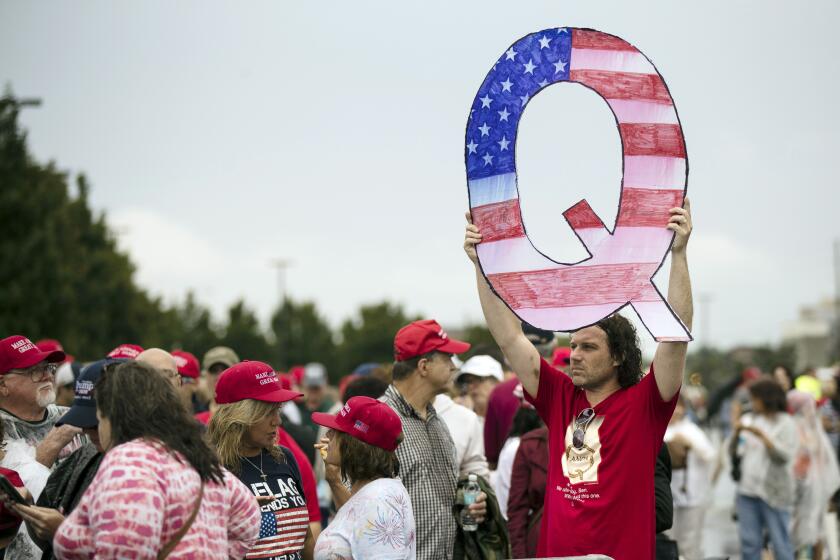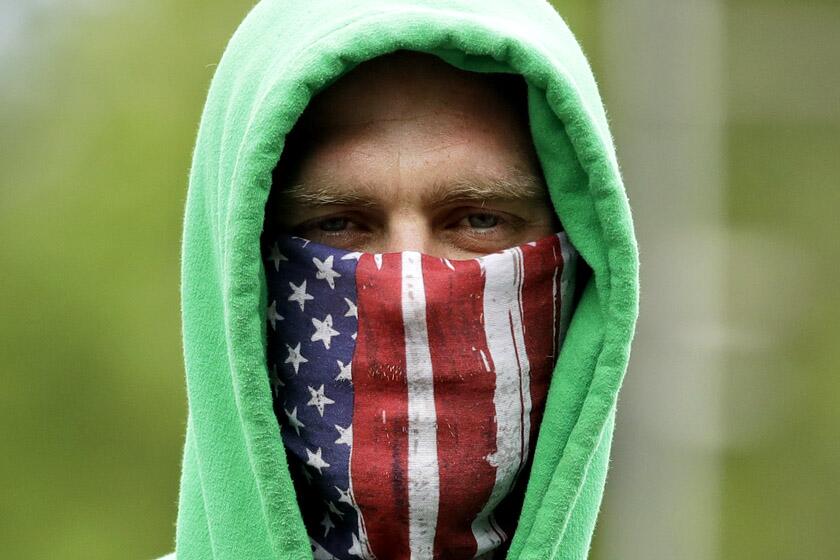Fed up with the election? Science explains how politics got so awful
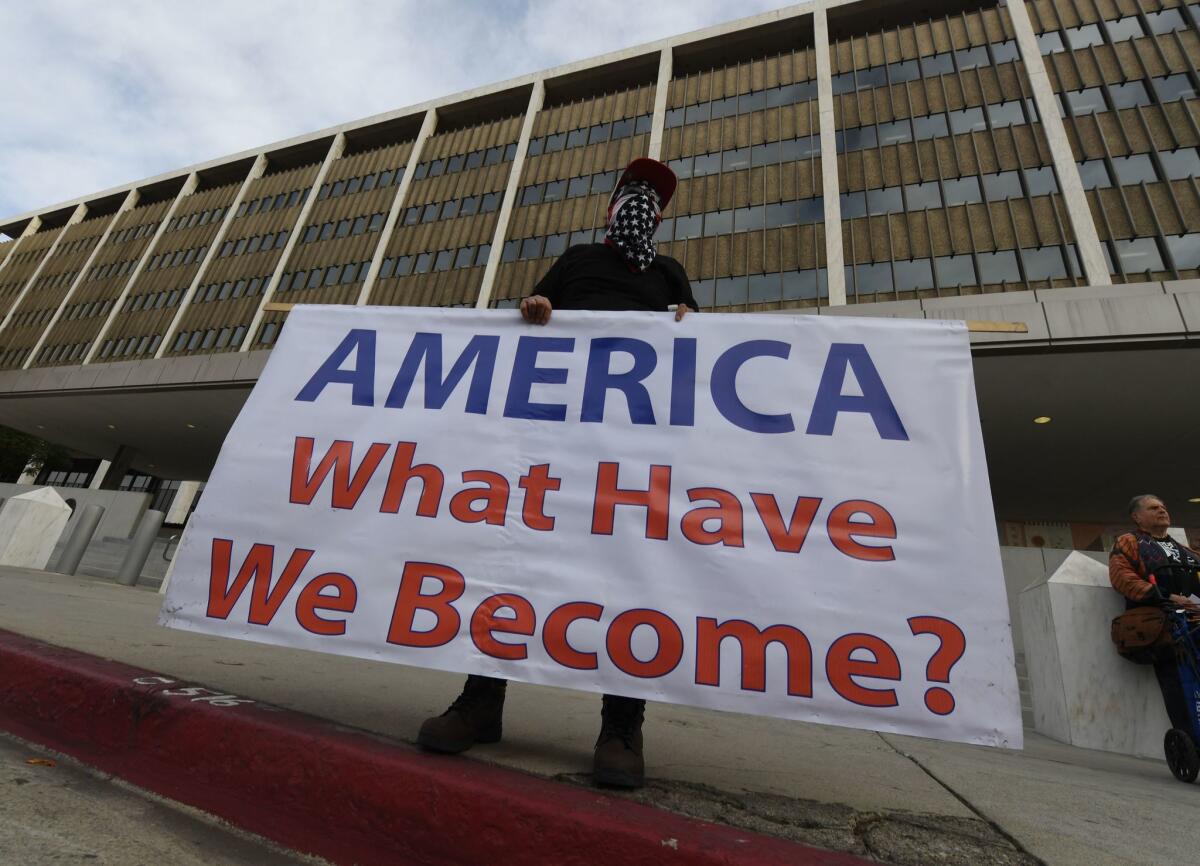
One year ago, a report from the Johns Hopkins Center for Health Security assessed the readiness of 195 countries around the world to confront a deadly disease outbreak. Topping the list of most-prepared nations was the United States of America.
But that forecast didn’t account for one crucial factor: the toxic degree of partisanship that would turn something as simple as wearing a face mask into a political statement.
How did things get so bad that Americans couldn’t come together to confront a universal threat like COVID-19, which has killed more than 227,000 of us so far?
A report in this week’s issue of Science offers an explanation — political sectarianism.
The authors of the new report explain that political sectarianism goes beyond mere disagreements about the nation’s goals and how they should be achieved. Nor is it a case of people being trapped in partisan echo chambers, or sorting themselves into Democratic and Republican ecospheres where they’re unlikely to encounter a contrary point of view.
What pushes mere enmity into the realm of political sectarianism is a “poisonous cocktail” of beliefs that turns opponents into mortal enemies regardless of the issue, according to the 15 experts in political science, social psychology, sociology and cognitive science who co-wrote the report.
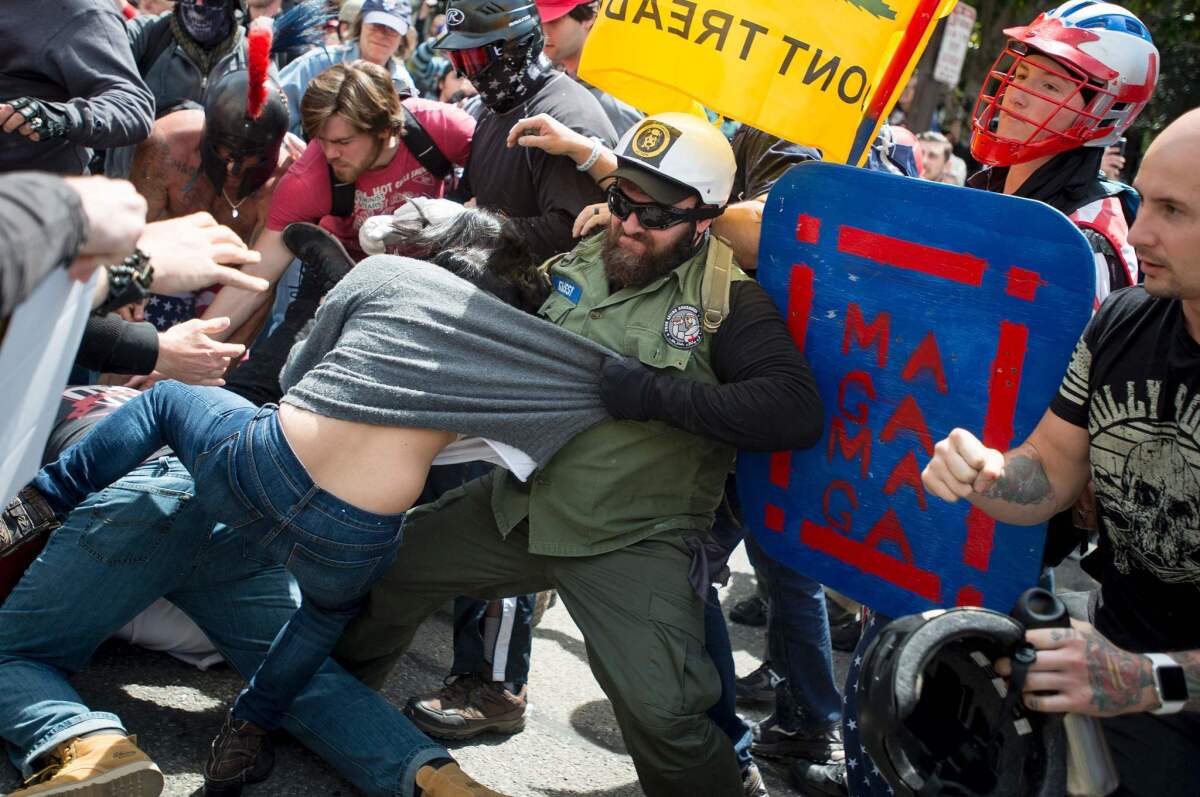
This cocktail has three key ingredients, they explain.
The first is “othering,” which they describe as a “tendency to view opposing partisans as essentially different or alien to oneself.”
The second ingredient is aversion, a reflex to “dislike and distrust” one’s political opponents.
The final ingredient is moralization, which causes us to see our opponents as not merely wrongheaded, but downright evil.
“It is the confluence of these ingredients that makes sectarianism so corrosive,” they write. “When all three converge, political losses can feel like existential threats that must be averted — whatever the cost.”
Why do conspiracy theories about pedophilia hold sway for so many? And why do they seem to be selectively favored by liberal-baiting adherents of Donald Trump?
It may seem hard to believe, but a voter’s party affiliation wasn’t always determined by his or her ideology. As recently as the 1970s, the Democratic and Republican parties each had a conservative and a liberal wing.
Now, not only are liberals concentrated in the Democratic Party and conservatives in the GOP, but Americans have largely segregated themselves also according to their race, religion, education and geography. The result is that party affiliation has become a “mega-identity” that exaggerates our perception of how little we have in common with those on the other side.
(How off-base are we? When asked how many Republicans earned more than $250,000 a year, Democrats guessed the answer was 38%; in reality, only 2% earn that much, according to a 2018 study in the Journal of Politics. Similarly, Republicans guessed that 32% of Democrats were gay, lesbian, bisexual or transgender; the real figure is 6%.)
The media is partly to blame for this chasm, the experts write. After the Federal Communications Commission did away with the “fairness doctrine” in 1987, broadcasters were no longer required to give equal time to both sides of a controversial topic. Conservative radio host Rush Limbaugh was the first to capitalize on the chance to target an audience on one side of the political spectrum, and he was followed eight years later by the Fox News cable TV network. MSNBC pivoted left in response.
The rise of social media makes it even easier for people to cut themselves off from contrary points of view. The algorithms that drive platforms like Twitter and Facebook favor posts that “maximize user engagement,” the authors write, and in a homogeneous network, the result is that people’s beliefs are reinforced and strengthened.
(On the flip side, an experiment conduced before the 2018 midterm elections found that people who deactivated their Facebook accounts for four weeks became less politically polarized.)
The country’s political elites have largely led the way in polarizing the rest of us, with Republican politicians embracing views further to the right and Democrats moving further to the left, the experts add. They give special consideration to former House Speaker Newt Gingrich, who described his adversaries as not simply wrongheaded or misinformed, but also morally inferior. He used words like “shameful” and “disgraceful” to drive home his point, and encouraged others to do the same.
The effects of political sectarianism can be seen with something social scientists call a “feeling thermometer.” It’s a scale that puts cold feelings at 0 degrees and warm feelings at 100 degrees. If you feel neutral toward someone, they measure 50 degrees.
Over the last 40 years, Americans’ feelings toward members of their own political group have remained relatively stable, around 70 to 75 degrees, according to the American National Election Study.
But there’s been lots of movement when it comes to feelings for those in the other party. Back in the 1970s, opponents registered at 48 degrees, just slightly below neutral. Now, they’re down to about 20 degrees.
In other words, we now hate our opponents more than we love our allies.
That degree of animosity is unmatched among eight other Western democracies — Australia, Britain, Canada, Germany, New Zealand, Norway, Sweden and Switzerland — and by some measures, “it exceeds long-standing antipathies around race and religion,” the experts write in the new report.
This isn’t just an academic concern. Knowing who you like helps predict who you’ll vote for, but knowing who you hate is an even better indicator of how you’ll vote.
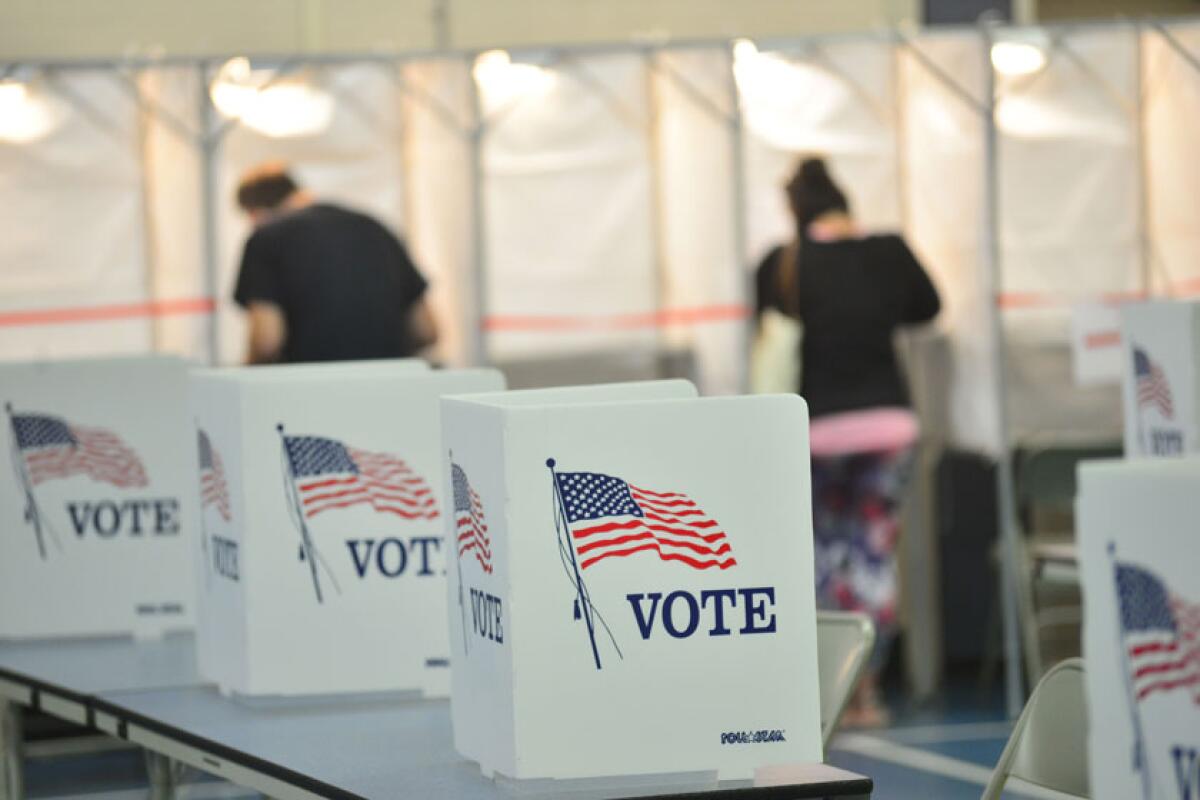
This explains why President Trump was probably right when he said, “I could stand in the middle of Fifth Avenue and shoot somebody and I wouldn’t lose any voters.” Your own party’s candidate may leave much to be desired, but those shortcomings can be overlooked if you believe that “the consequences of having the vile opposition win the election are catastrophic,” the authors write.
In this environment, politicians have little to gain — and much to lose — by trying to find common ground with the other side.
“Issues that are not inherently partisan become politicized,” the authors write. A case in point: the decision about whether to wear a mask to prevent the spread of COVID-19.
If nearly all Americans would wear face masks when they leave their homes, they could save over 100,000 lives by the end of February, a study says.
Masks have come to be associated with Democrats, making Republicans less inclined to wear them. “The result has been lethal and expensive for Americans across the political spectrum,” according to the report.
Efforts to address climate change and reduce the ballooning federal debt are other casualties of this politicize-everything mentality, the experts write: “Political sectarianism cripples a nation’s ability to confront challenges.”
But there is reason for hope, they add. Partisans on both sides are “fed up” with our poisonous politics, and many would surely welcome measures that aim to make civic life more civil.
For starters, it would help to correct the misperceptions people have about those on the other side. The more we get to know each other as individuals, rather than as members of a hated group, the easier it will be to find common ground.
That extends to elected officials. The report’s authors suggest changing campaign finance laws to limit the influence of deep-pocketed “ideological extremists.” In addition, getting rid of partisan gerrymandering would deprive extremists of safe seats in Congress, they say.
They’ve also got ideas for tweaking social media, but it’s not as simple as you might think. Eliminating echo chambers could backfire if seeing the other side’s messages gets one’s partisan juices flowing. Instead, they recommend interventions that prompt people to “deliberate about the accuracy of claims on social media,” because that would make them less likely to pass along information that’s either false or hyperpartisan (or both).
“Political sectarianism is neither inevitable nor irreversible,” they write, though reversing it won’t be easy.
“Any serious effort will require multifaceted efforts to change leadership, media, and democratic systems in ways that are sensitive to human psychology,” they write. “There are no silver bullets.”
